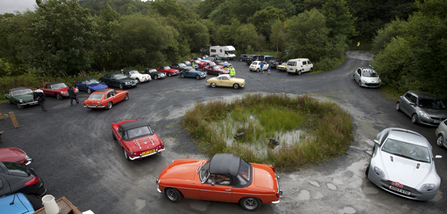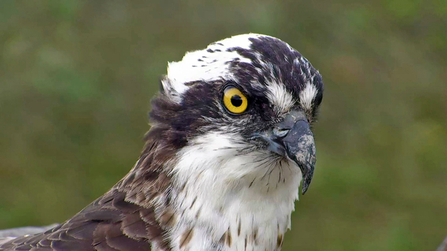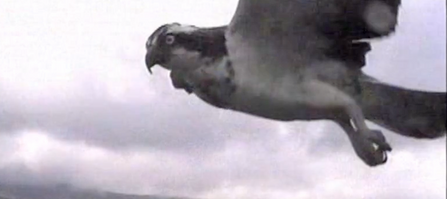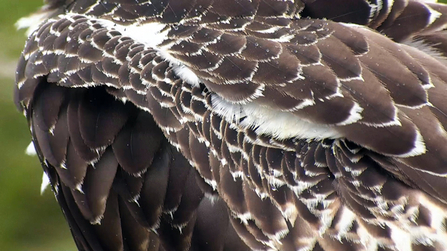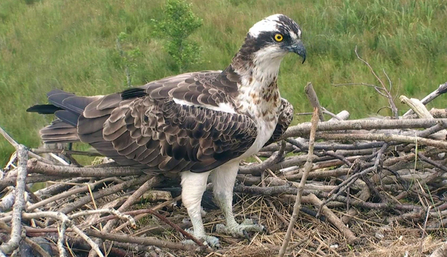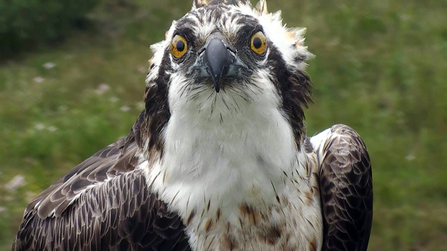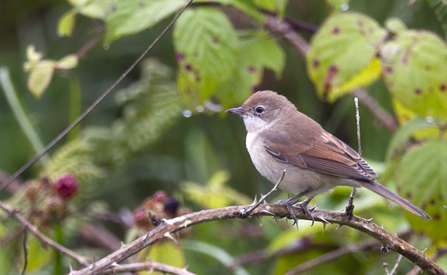We've had a few visitors this week that were just a bit out of the ordinary. It started when the Mid Wales Classic Car Rally decided they wanted to come and see the Dyfi ospreys - all 71 of them in 39 cars! With some volunteers, high-visibility vests, and some smart parking, we got them all in. Just.
Thanks to all the volunteers that quickly turned from birders to marshallers and then back again

